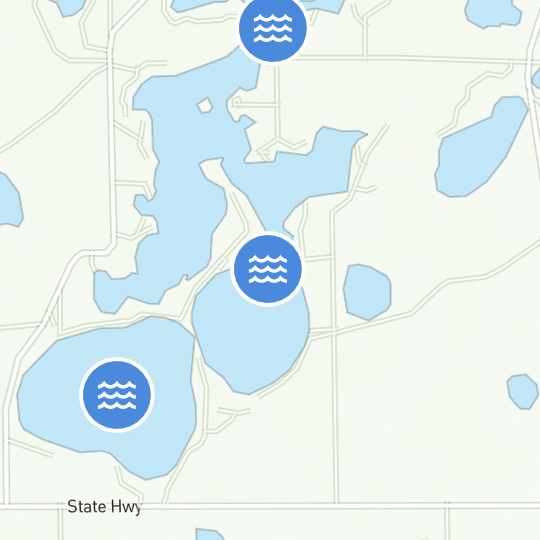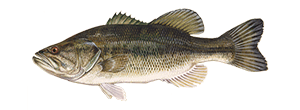How to Choose Fly Line
Depending on the distance and depth you want to cast your fly, the line means everything for an effective presentation. Get tips on how to choose fly line for best results.
Explore the intricacies of fly fishing lines, from understanding weights, to selecting the appropriate density for your desired presentation. Embrace the learning curve, and let your evolving preferences guide you to a personalized and effective fly fishing experience.
Fly Fishing Line Measurement
Fly fishing line is measured in terms of its weight. The lightest line is represented by a 1 on the scale. From there, the lines increase in weight up to the heaviest line, which is usually 14, or sometimes, 15. While it might seem obvious that thinner lines are better suited for smaller flies, when learning how to determine fly line by weight, it’s important to also consider what species of fish you’re after. For example, to catch pan fish, you’ll be able to get away with as light as a 1 weight line, a 5 is perfect for trout, while larger fish like marlin or tuna could require you to know how to choose a saltwater fly line from 10 to 15 in weight. Many fly fishing anglers like to carry a variety of weights of fly line in order to make quick adjustments for changing weather and water conditions.
How to Choose Fly Line
When selecting line for fly fishing, perhaps the simplest approach is to start by considering your equipment first. Figuring out how to determine fly line by weight is made easy thanks to the specifications for the rod and reel, such as a 4 weight rod or a 4/5/6 fly reel. When it comes to fly fishing, balance is key, so you’ll want to also select the weight of line that matches for the best accuracy and to reach the right distance. That means, for instance, a 4 weight reel would be ideally paired with a 4 weight line. There may be some flexibility but it’s best to match the line to the rod and reel exactly to be safe, especially as you’re learning.
When to Use Floating Line
In addition to selecting the right weight of line, you’ll also want to take into consideration other factors to make the most effective presentation in the water when learning how to choose fly line like special coatings and density, which is one of the most important elements of a line.
Density impacts how buoyant the line will be on the water. For beginners, a floating fly line is a popular choice because it’s easy to use and can be paired with both dry flies as well as some wet flies that go below the surface. Knowing how to choose a floating fly line is pretty straightforward. As a beginning angler, you’ll want to opt for a brighter or other highly visible color so you can see where your line is on the water and learn how to adjust your technique for future casts. Darker colors, on the other hand, are better for sinking lines.
Adapt as You Go
No matter what line you select for your fishing outing, you’ll learn as you go what type of fly line works best. While the numbers may tell you to pick a 5 or 6 weight line, you may like the feel of a lighter or heavier line based on your stroke or casting technique.
And remember: Your comfort level and confidence can have almost as big of an impact on your success as your choice of a specific fly line weight. There is also the rest of your fly fishing gear to consider, namely, the backing, leader and tippet.
How To Choose the Right Fly Line for You
KEEP LEARNING

How to Tie the Non-Slip Loop Knot
The non-slip loop knot is a popular and reliable choice for securing hooks, lures, and other tackle to your fishing line.
LEARN MORE

Socials
Take me fishing social media links
LEARN MORE

TakeMeFishing x Teen Vogue
Join us on a creative journey as fashion designer Ahmrii Johnson walks us through her collaborative vision and process with Teen Vogue and fashion brand, Rentrayage, to create a special piece.
LEARN MORE


.png?lang=en-US&ext=.png)